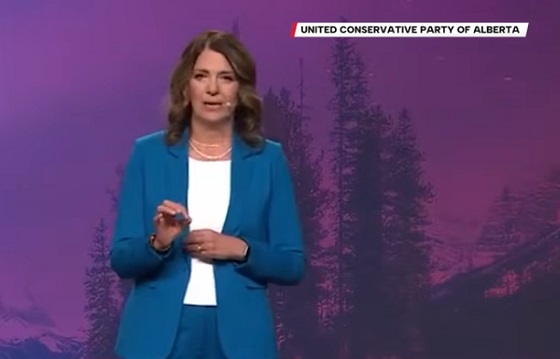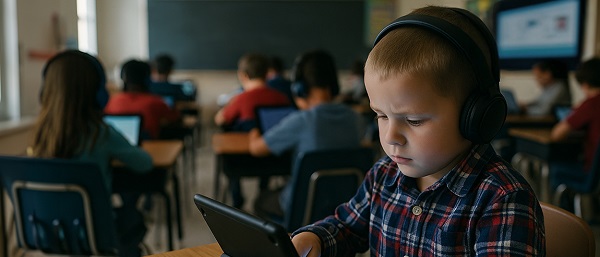COVID-19
Canadian woman offered euthanasia after doctor acknowledged she was paralyzed by COVID shot
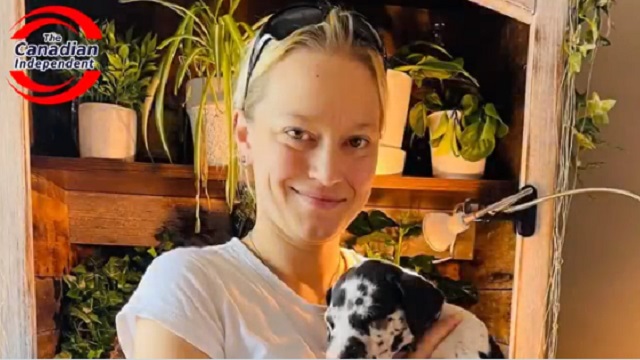
From LifeSiteNews
Kayla Pollock, a 37-year-old mother from Ontario, was left paralyzed from the neck down after receiving a Moderna booster, only to be offered assisted suicide twice.
Canadian doctors offered to euthanize a women left paralyzed by the experimental COVID jab.
According to a February 16 report by The Canadian Independent, Kayla Pollock, a 37-year-old mother from Ontario, was left paralyzed from the neck down after receiving a COVID booster shot, only to be offered assisted suicide.
EXCLUSIVE: Young Ontario woman's life becomes a living hell after Moderna booster shot leaves her paralyzed. Doctors confirm vaccine connection and offer Medical Assistance in Dying (MAID).
Kayla Pollock is a 37-year-old mother from Ontario whose life took a drastic turn after… pic.twitter.com/SKQEg8Uj4K
— The Canadian Independent (@canindependent) February 16, 2024
Before taking the experimental shot, Pollock worked in the small town of Mount Albert, Ontario, as a teacher and co-raised her son after a separation with his father. Pollock described herself as “fit, healthy, and very active” and enjoyed “hiking, being outdoors, gardening, and going places with her son.”
In 2021, Pollock, being immunocompromised and a type one diabetic, received two doses of the Pfizer jab after hearing mainstream media, politicians, and public health officials urge everyone to take the experimental shots.
Another reason that Pollock took the injection was to visit her father in a long-term care facility. Pollock said she did not feel any adverse effects after her first two shots.
However, in January 2022, Pollock took a Moderna booster shot, as she thought a third dose would soon be mandated to visit her father. Pollock recalled seeing police at the vaccine clinic and was told that it was because “people were upset that Moderna was being given out instead of Pfizer,” which nevertheless causes serious adverse reactions as well.
READ: Study finds heart inflammation risk 133x greater for teenage boys after Pfizer’s COVID shot
Despite her concerns, Pollock went ahead with the injection, only to begin to experience severe side effects. Just four days later, she collapsed after her legs “gave out.” She was able to get up a short time after but experienced the same thing nine days later. Pollock then called her doctor, looking to see a neurologist.
However, the effects only worsened until, on February 22, 2022, Pollock woke up and realized that she was completely paralyzed and could not move her body. Her boyfriend was home and called 911. She was then transported to Southlake Regional Health Centre in Newmarket, Ontario.
According to her medical records, the hospital staff considered Pollock a “crazy person,” dismissing her symptoms and claiming it was all in her head. Instead of treating Pollock, they ordered a psychiatric consult.
Finally, Pollock was given an MRI, which revealed that she had a very large lesion on her spinal cord. According to an audio recording taken by Pollock’s boyfriend, the neurologist said that his “gut impression” was that “it was caused by the vaccine,” adding that many people have had similar conditions.
Pollock was later diagnosed with transverse myelitis, a condition that interrupts the transmission of messages along the spinal cord nerves throughout the body. During her several-month stay at the hospital, Pollock revealed that doctors offered her so-called “Medical Assistance in Dying” (MAID), or euthanasia, twice, but she refused both times.
While Pollock was sent to Lyndhurst Rehabilitation Centre in Toronto to undergo several months of intensive rehabilitation, she said that it did not help her condition.
Now, Pollock relies on personal support workers and friends to help her with her daily life, including helping her in and out of bed and preparing her meals.
She was forced to leave her job and her son, as she was placed on provincial disability and had to leave Mount Albert, where her son lives, to move to an apartment that could accommodate her wheelchair accessibility needs.
Pollock has applied for compensation through the federal government’s Vaccine Injury Support Program (VISP) but has yet to be approved. As a result, the pro-freedom organization Veterans 4 Freedom set up a GiveSendGo campaign to help her raise funds.
Unfortunately, Pollock’s story is not unique, as there were a total of 55,145 “adverse events” from COVID shots reported in Canada.
The injuries include 332 blood clots, 289 strokes, and 283 heart attacks. There have also been 198 cases of facial paralysis reported, with some 99 spontaneous abortions reported as well. There have been 79 kidney injuries reported and 37 instances of liver damage.
The Trudeau government heavily promoted the COVID jabs, which were rushed to market. It is still promoting the shots despite the harms caused, even recently approving yet another booster.
In 2021, Trudeau said Canadians “vehemently opposed to vaccination” do “not believe in science,” are “often misogynists, often racists,” and questioned whether Canada should continue to “tolerate these people.”
LifeSiteNews has published comprehensive research on the dangers of receiving the experimental injections, including heart damage and blood clots.
A recent study done by researchers at the Canada-based Correlation Research in the Public Interest found that 17 countries have a “definite causal link” between peaks in all-cause mortality and the fast rollouts of the COVID shots and boosters.
In November, officials with Canada’s Department of Health refused to release data concerning internal audits related to the COVID crisis that show “critical weaknesses and gaps,” according to their own department memo.
Additionally, information obtained in September revealed that the Public Health Agency of Canada neglected to report all adverse effects from COVID jabs and even went far as telling staff not to report all events.
COVID-19
The dangers of mRNA vaccines explained by Dr. John Campbell
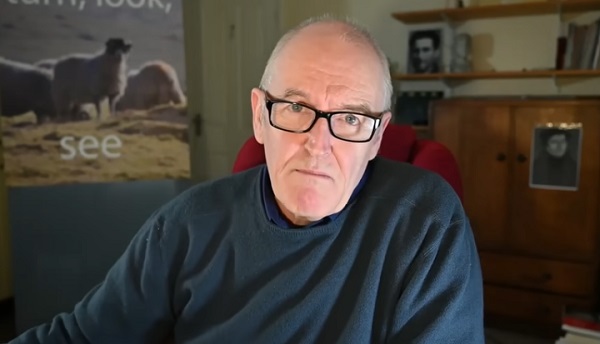
From the YouTube channel of Dr John Campbell
There aren’t many people as good at explaining complex medical situations at Dr. John Campbell. That’s probably because this British Health Researcher spent his career teaching medicine to nurses.
Over the last number of years, Campbell has garnered an audience of millions of regular people who want to understand various aspects of the world of medical treatment.
In this important video Campbell explains how the new mRNA platform of vaccines can cause very serious health outcomes.
Dr. Campbell’s notes for this video:
Excess Deaths in the United Kingdom: Midazolam and Euthanasia in the COVID-19 Pandemic https://www.researchgate.net/publicat… Macro-data during the COVID-19 pandemic in the United Kingdom (UK) are shown to have significant data anomalies and inconsistencies with existing explanations. This paper shows that the UK spike in deaths, wrongly attributed to COVID-19 in April 2020, was not due to SARS-CoV-2 virus, which was largely absent, but was due to the widespread use of Midazolam injections, which were statistically very highly correlated (coefficient over 90%) with excess deaths in all regions of England during 2020. Importantly, excess deaths remained elevated following mass vaccination in 2021, but were statistically uncorrelated to COVID injections, while remaining significantly correlated to Midazolam injections. The widespread and persistent use of Midazolam in UK suggests a possible policy of systemic euthanasia. Unlike Australia, where assessing the statistical impact of COVID injections on excess deaths is relatively straightforward, UK excess deaths were closely associated with the use of Midazolam and other medical intervention. The iatrogenic pandemic in the UK was caused by euthanasia deaths from Midazolam and also, likely caused by COVID injections, but their relative impacts are difficult to measure from the data, due to causal proximity of euthanasia. Global investigations of COVID-19 epidemiology, based only on the relative impacts of COVID disease and vaccination, may be inaccurate, due to the neglect of significant confounding factors in some countries. Graphs April 2020, 98.8% increase 43,796 January 2021, 29.2% increase 16,546 Therefore covid is very dangerous, This interpretation, which is disputable, justified politically the declaration of emergency and all public health measures, including masking, lockdowns, etc. Excess deaths and erroneous conclusions 2020, 76,000 2021, 54,000 2022, 45,000 This evidence of “vaccine effectiveness” was illusory, due to incorrect attribution of the 2020 death spike. PS Despite advances in modern information technology, the accuracy of data collection has not advanced in the United Kingdom for over 150 years, because the same problems of erroneous data entry found then are still found now in the COVID pandemic, not only in the UK but all over the world. We have independently discovered the same UK data problem and solution for assessing COVID-19 vaccination as Alfred Russel Wallace had 150 years ago in investigating the consequences of Vaccination Acts starting in 1840 on smallpox: The Alfred Russel Wallace as used by Wilson Sy “Having thus cleared away the mass of doubtful or erroneous statistics, depending on comparisons of the vaccinated and unvaccinated in limited areas or selected groups of patients, we turn to the only really important evidence, those ‘masses of national experience’…” https://archive.org/details/b21356336… Alfred Russel Wallace, 1880s–1890s 1840 Vaccination Act Provided free smallpox vaccination to the poor Banned variolation Vaccination compulsory in 1853, 1867 Why his interest? C 1885 The Leicester Anti-Vaccination demonstrations (1885) Growing public resistance to compulsory vaccination Wallace’s increasing involvement in social reform and statistical arguments Statistical critique of vaccination Government data on: Smallpox mortality trends before and after compulsory vaccination Case mortality rates Vaccination vs. sanitation effects Mortality trends before and after each Act, 1853 and 1867 “Forty-Five Years of Registration Statistics, Proving Vaccination to Be Both Useless and Dangerous” (1885) “Vaccination a Delusion; Its Penal Enforcement a Crime” (1898) Contributions to the Royal Commission on Vaccination (1890–1896) Wallace argued: Declining smallpox mortality was due to improved sanitation, not vaccination Official statistics were misinterpreted or biased Compulsory vaccination was unjust Re-vaccination did not reliably prevent outbreaks These views were strongly disputed, then and now. Wallace had a strong distrust of medical authority He and believed in: Statistical reasoning Social reform Opposition to coercive government measures The primacy of environmental and sanitary conditions in health
COVID-19
FDA says COVID shots ‘killed’ at least 10 children, promises new vaccine safeguards
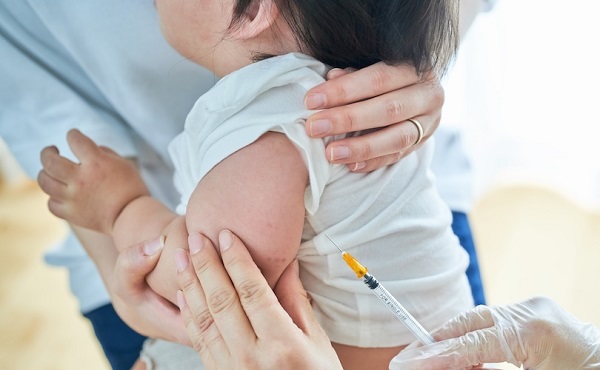
From LifeSiteNews
“This is a profound revelation. For the first time, the US FDA will acknowledge that COVID-19 vaccines have killed American children”
At least 10 children have died because of the COVID shots, according to a recently publicized email from Trump Food and Drug Administration (FDA) officials.
“At least 10 children have died after and because of receiving COVID-19 vaccination,” FDA Chief Medical Officer Vinay Prasad wrote on Friday in an email to staff, obtained by The Daily Caller.
“This is a profound revelation. For the first time, the US FDA will acknowledge that COVID-19 vaccines have killed American children,” Prasad said in the memo.
The finding corroborates that of the Centers for Disease Control and Prevention (CDC), which recently linked at least 25 pediatric deaths to the COVID shot, via information from the Vaccine Adverse Event Reporting System (VAERS). Both counts likely significantly underestimate the real number of pediatric deaths from the shots, considering that studies have found vaccine injuries have been seriously underreported to VAERS.
In his Friday memo, Prasad ripped the Biden administration for pressuring the injection of these experimental mRNA shots into children.
“Healthy young children who faced tremendously low risk of death were coerced, at the behest of the Biden administration, via school and work mandates, to receive a vaccine that could result in death,” wrote Prasad.
“In many cases, such mandates were harmful. It is difficult to read cases where kids aged 7 to 16 may be dead as a result of covid vaccines.”
The disturbing admission by the Trump administration’s health agency highlights the silence of the Biden administration about these deaths and raises further questions about its integrity or lack thereof.
“Why did it take until 2025 to perform this analysis, and take necessary further actions? Deaths were reported between 2021 and 2024, and ignored for years,” wrote Prasad. He acknowledged that the vaccines potentially killed more children on balance, considering that they had virtually no risk of dying from COVID.
“The truth is we do not know if we saved lives on balance,” he wrote. “It is horrifying to consider that the US vaccine regulation, including our actions, may have harmed more children than we saved. This requires humility and introspection.”
The Center for Biologics Evaluation and Research (CBER) will reportedly strengthen its safety protocols for vaccines, including by requiring more clinical trials as opposed to relying on antibody laboratory studies, modifying the annual flu vaccine release, and examining the effect of administering multiple vaccines in one round.
This year, the CDC removed COVID shots from its recommended “vaccines” for healthy children. A CDC panel had voted in 2022 to add the COVID shots to the childhood immunization schedule despite their experimental nature and the fact that they were produced in a fraction of the time ordinarily required to bring a vaccine to market.
The push for COVID shots for children was spearheaded at least in part by CBER Director Peter Marks, who pushed for full approval of the COVID shots even for the young and healthy and laid the foundation for COVID shot mandates.
A large, growing body of evidence shows that the mRNA shots were dangerous to human health in a wide variety of ways and caused deaths at a rate far exceeding usual safety standards for vaccines. As Dr. Mary Talley Bowden, an ear, nose and throat specialist in Houston, Texas, explained to Tucker Carlson in April:
Normally, the FDA will put a black box warning on a medication if there have been five deaths. They will pull it off the market if there have been 50. Well, according to VAERS, (the) Vaccine Adverse Event Reporting System – and it’s vastly under-reported, which I have seen firsthand – there have been 38,000 deaths from these COVID shots.
That number has since increased, according to VAERS, which now reports 38,773 deaths, 221,257 hospitalizations, 22,362 heart attacks, and 29,012 cases of myocarditis and pericarditis due to the COVID shot as of August 29, among other ailments.
-

 Daily Caller16 hours ago
Daily Caller16 hours agoTech Mogul Gives $6 Billion To 25 Million Kids To Boost Trump Investment Accounts
-
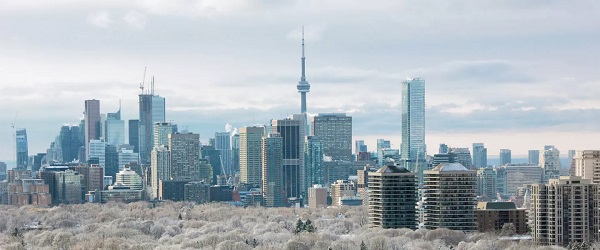
 Business17 hours ago
Business17 hours agoRecent price declines don’t solve Toronto’s housing affordability crisis
-

 National14 hours ago
National14 hours agoCanada Needs an Alternative to Carney’s One Man Show
-

 Alberta2 days ago
Alberta2 days agoNew era of police accountability
-

 National2 days ago
National2 days agoMedia bound to pay the price for selling their freedom to (selectively) offend
-
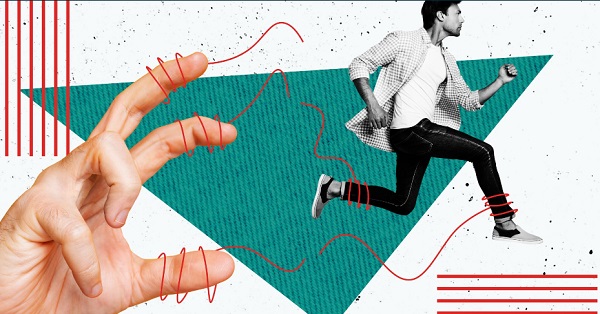
 C2C Journal2 days ago
C2C Journal2 days agoLearning the Truth about “Children’s Graves” and Residential Schools is More Important than Ever
-
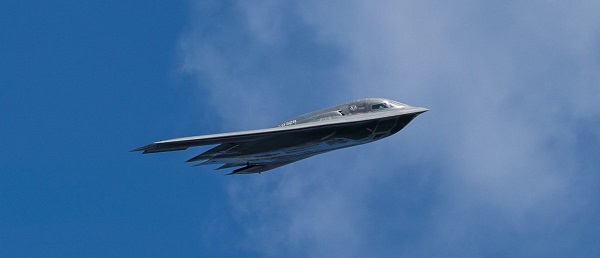
 armed forces1 day ago
armed forces1 day agoGlobal Military Industrial Complex Has Never Had It So Good, New Report Finds
-

 Bruce Dowbiggin2 days ago
Bruce Dowbiggin2 days agoSometimes An Ingrate Nation Pt. 2: The Great One Makes His Choice



